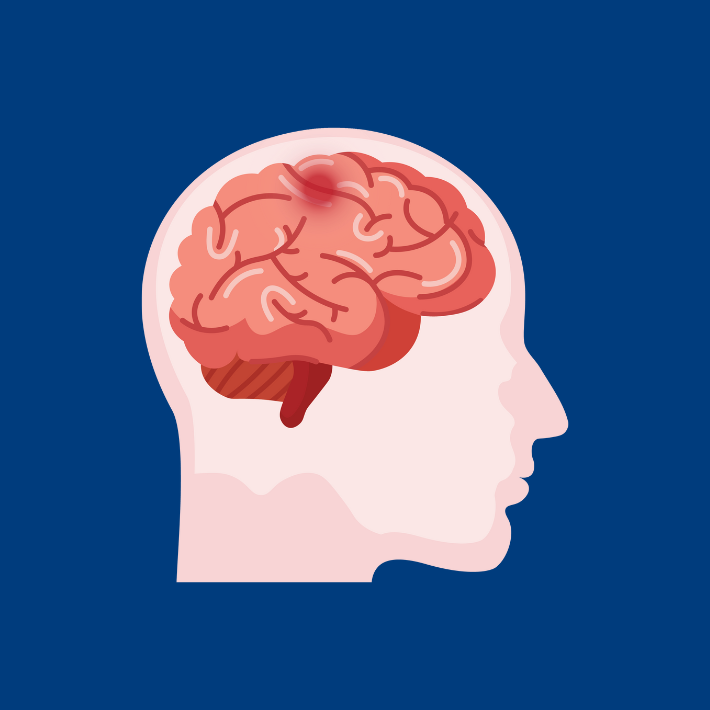Pregnancy and menopause affect risk of brain hemorrhages in woman
&width=710&height=710)
Last year, when dr. Mariam Ali was looking for a review article on cerebral hemorrhage in women, she couldn't find it. Not surprisingly, since no such article existed at the time. So let's do it ourselves, she thought. And under the guidance of her supervisor, vascular neurologist prof. dr. Marieke Wermer, she began writing an article.
The results of her study regarding the male-female differences in cerebral hemorrhage appeared in the leading scientific journal The Lancet Neurology.
May a woman push during childbirth?
Ali: “An important conclusion is that women generally have a higher risk of certain types of bleeding of the brain, especially as they get older and during certain stages of their lives, such as pregnancy and menopause. But also a great deal is still unknown. For example, whether a woman with a vascular malformation is allowed to push during childbirth. So our article is also a 'call to action.'”
The researchers reviewed the most important literature on male-female differences in cerebral hemorrhage. From this, several new insights emerged. For example, hormones play a role, especially when it comes to the decrease in estrogen during and after menopause. Wermer: “But what role those hormones play exactly and whether the use of hormones around menopause actually has a positive or negative effect, we don't know yet. It's those kinds of knowledge gaps that we need to close if we want to provide proper education and care to women.”
Women are underrepresented in studies
One of the reasons why there is less known about brain hemorrhages in women compared to men, is that female participants are underrepresented in clinical and experimental studies. The researchers attribute that skewed distribution mainly to the fact that women are more likely to be excluded because, on average, they suffer brain hemorrhages at a higher age than men and most studies have an age limit. But there are probably more factors at play. More research is needed for that, too, they concluded.
Ali: “The more we know about brain hemorrhages in women, the better healthcare providers can take gender-specific factors into account.” There is much to be gained, especially in terms of prevention considering the fact that a brain hemorrhage is barely treatable once it has occurred. Wermer: “A stroke has a huge impact on the lives of both patients and those around them. People suffer from it for the rest of their lives. So we need to focus primarily on preventing brain hemorrhage.”
More awareness for brain hemorrhages in women
The researchers hope that, thanks to their paper, hemorrhages and vascular abnormalities in the brain in women will receive more attention, with the ultimate goal of improving health outcome in women. “As we are now seeing in the field of women's cardiology,” Wermer says. “Let's be inspired by that."
Key findings:
- Female-specific factors such as pregnancy, menopause, and hormone use increase the risk of cerebral hemorrhage, especially in women with conditions such as gestational hypertension (high blood pressure) and (pre)eclampsia.
- Women with cavernous malformations (a rare vascular malformation) should avoid oral contraceptives and hormone therapy because of an increased risk of cerebral hemorrhage.
- The risk of cerebral hemorrhage in vascular malformations is relatively low during pregnancy and child delivery, but international guidelines are still missing.
- In case of vascular anomalities, physicians should assess the risks of vaginal delivery versus cesarean section together with the mother.
- More research on gender and ethnicity is needed to better understand male-female differences in cerebral hemorrhage.
- Increasing the number of women in clinical trials is essential to optimize treatments for both men and women.